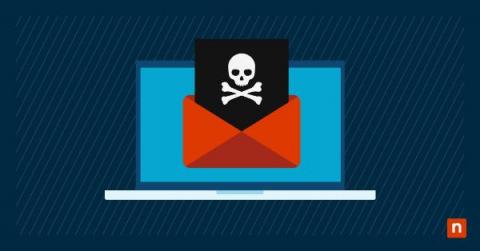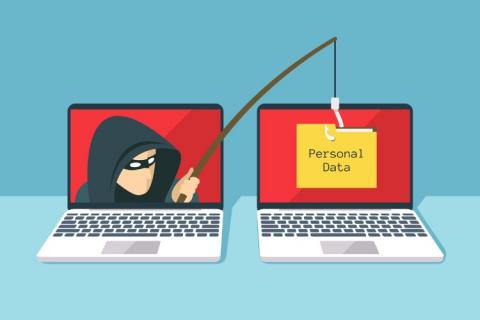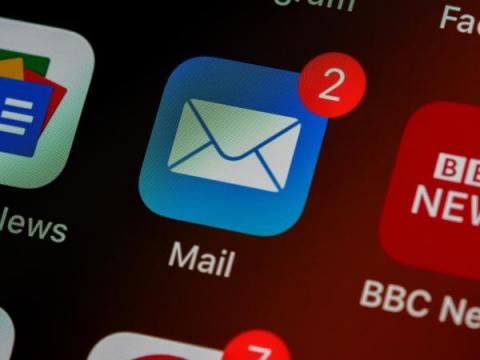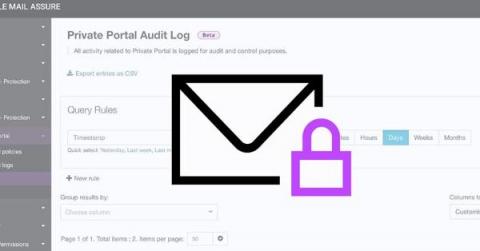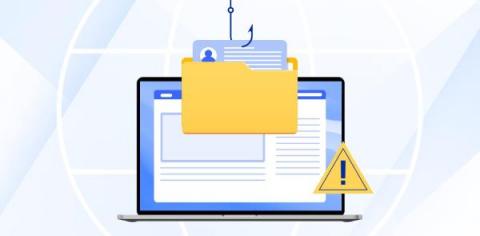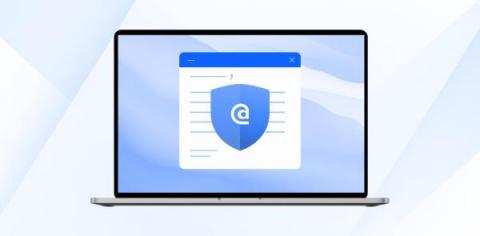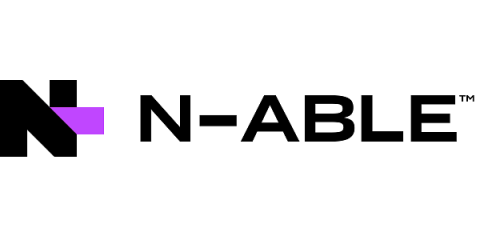Understanding and Preventing Email Spoofing Attacks
Now that most people are familiar with and thus able to avoid standard phishing attacks, malicious actors have shifted to something more insidious. Email spoofing is an attack in which attackers impersonate someone the target knows, is a much more subtle way to compromise a user’s credentials or device. Like phishing, however, once you know the signs of a spoofed email and train other users on how to spot them, addressing the issue is often straightforward.


